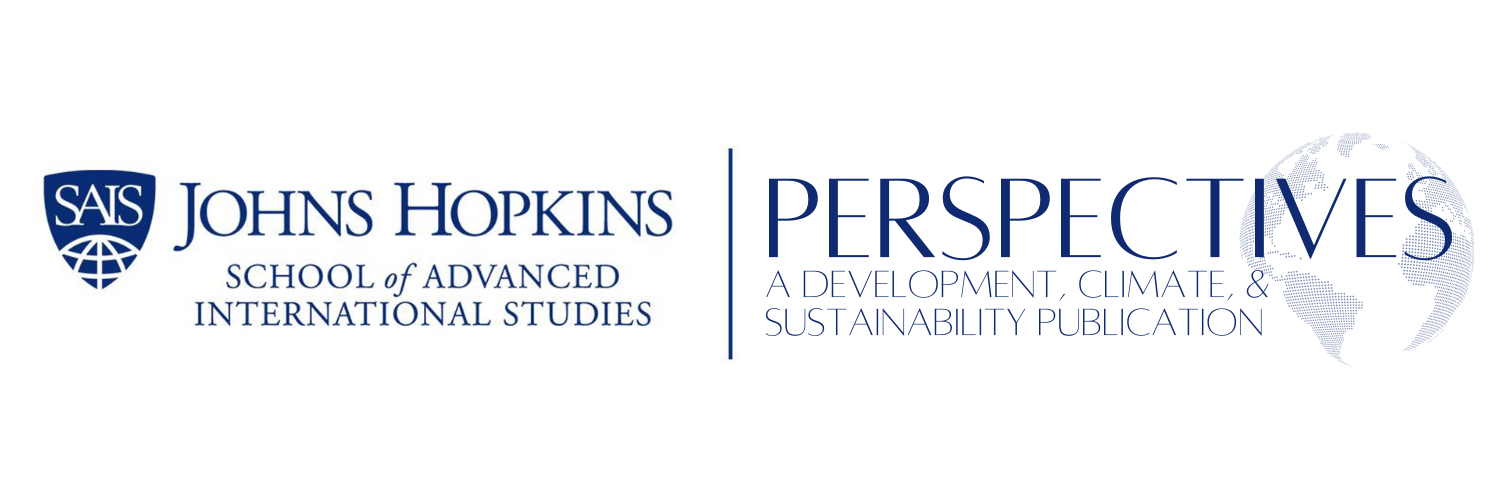BY ARTI SRIVASTAVA
Arti Srivastava is a second-year student in the International Development program. She spent the summer between her first and second years researching sustainable seafood with an impact investing firm in Southeast Asia.
Almost 75% of Americans factor sustainability into their food purchasing decisions. This strong market trend is being matched by an emerging pattern of large corporations investing in sustainable practices – even if the price tag seems hefty. Last year, Starbucks announced that 99% of its roast is ethically sourced, after investing over US$70 million to ensure third-party verification.
When it comes to seafood, however, the waters get a little murkier. While there is clear demand from contemporary consumers for healthier and more sustainable food options, it is not always clear where to find such options when it comes to seafood.
Unsustainable fishing practices are driving marine life to extinction. The FAO estimates that close to 90% of all fisheries globally are fully fished or overfished, with entire ecosystems under threat as population structures dwindle. As the main source of protein for half of the world’s population, especially in Asia, securing sustainable fisheries is critical to ensuring global food security. Plenty is at stake here – the livelihoods of local fishers, who are finding it increasingly difficult to haul in fresh catch, businesses in the value-chain that are concerned about going bust with fish stocks dwindling, entire marine ecosystems that may collapse, and future generations that may never have the opportunity to sample fresh sashimi.
For these reasons and more, the fishery industry is coming under increasingly close scrutiny. The Sustainable Sushi Movement is a direct result of the push towards more responsible food sourcing. The SSM aims to make encourage seafood restaurants to source fish from sustainable sources only and not support illegally or unsustainably caught produce. As a result today, 10 restaurants in the USA have joined the SSM by choosing to purchase produce that has been certified by the Marine Stewardship Council (MSC) – the current gold standard for sustainable fisheries.
In spite of these initiatives, the fish and seafood industry remains one of the most opaque and fragmented supply chains globally. Most upstream processing companies have little knowledge of the origins of the fish. Compounding this problem is the fact that certifications such as the MSC are hard to obtain, due to a lengthy and expensive certification process. This is further exacerbated by the problem of governance and oversight. Illegal, unregulated and unreported (IUU) fishing is rampant, particularly in Asia, adding unique challenges to the traceability requirement for sustainable sourcing. IUU fishing reportedly costs Indonesia well over USD $3 billion a year, highlighting the severity of the problem.
Traceability is a particularly crippling problem in Southeast Asia, home to 4 of the top 10 fish producing countries in the world. Over the summer I was busy wading through the muddy waters of the fishery industry in Southeast Asia. My internship experience with Shujog, an impact investing company based in Singapore and started by SAIS alumna Durreen Shahnaz, lead me on an eye-opening journey on the state of fisheries in Southeast Asia. Shujog specializes in measuring social impact created by impact investors and enterprises, and also provides expertise on impact investment strategy and approaches. Throughout the course of my internship, I was assessing the potential for private capital investment in sustainable wild capture fisheries in Southeast Asia.
I spent a significant portion of my time mapping out the entire value chain of the fishing industry, right from the artisanal fishermen in their tiny boats to giant commercial players such as Rabo Bank. At the unloading docks at 3am, I witnessed firsthand produce arriving in large industrial vessels, unmarked with limited or no packaging. Interviews with local fish mongers at the docks revealed an apparent indifference towards these concerns. “I don’t care where the fish come from! You want to buy or not?!” was an exasperated response I received while trying to probe further from a fish monger. While conducting primary research in local supermarkets in Singapore, Philippines and Indonesia, I was appalled (though not entirely surprised) by the lack of labelling on fish produce, with minimum declarations of origin.
Despite these challenges, there is light at the end of the tunnel - new technologies are playing a major role in helping to integrate the seafood supply chain and to ensure traceability. Through the latest satellite technology, innovative companies such as Spire Global can now help governments track illegal fishing. Working together with the private sector, the Pew Charitable Trust has launched a project “Eyes on the Sea”, which manages electronic logbooks for fishing vessels to record catch volumes, ensuring better traceability. Trace Verified, a Vietnam based company is employing electronic traceability for both aqua-cultural and agricultural products across international and domestic markets. Traceall Global a company based in Glasgow, enables the printing of bar codes remotely, which are stuck directly onto produce and can be tracked from that moment on. Google recently partnered with the Indonesian government to help provide satellite data on illegal fishing activity as well as fish populations and their migratory and breeding patterns. For the everyday consumer, apps such as Seafood Watch and FishPhone can be downloaded onto a smart phone which can provide real-time information about produce in stores, and help them make better informed choices.
We are still far from saving the world’s oceans, but consumer preferences are driving a massive shift in the way businesses think and react. Sustainability is no longer a lofty buzzword but a very real value proposition for the private sector and thanks to technology, ever more within reach.
PHOTO CREDIT: Lan Pham from Unsplash, licensed under CC0 by 1.0

